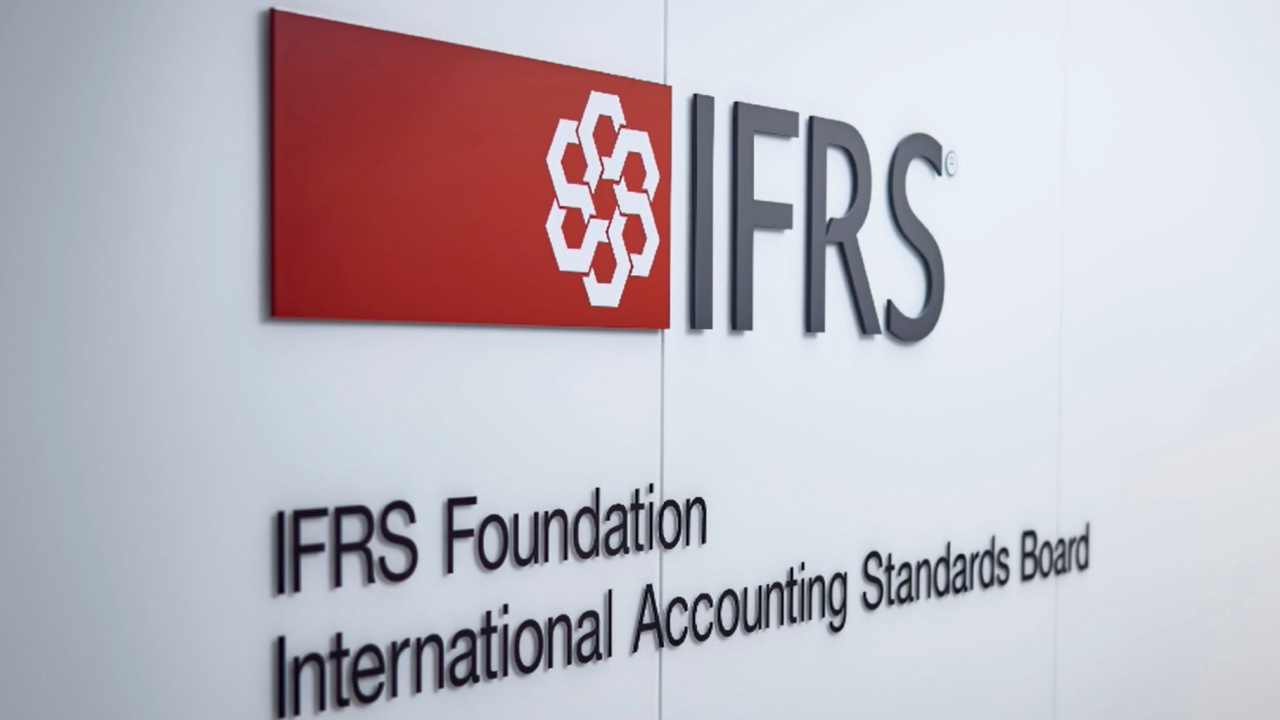The outlook is positive for a good tax season this year, according to industry executives and observers.
"From an early perspective, we expect a pretty normal tax season," said Mark Steber, senior vice president and chief tax officer at Jackson Hewitt.
There are several reasons for this, according to Steber. "There's been no new tax legislation [as we go to press, bipartisan legislation passed by the House remains stalled in the Senate]. Also, the IRS is pretty well funded and staffed compared to the last three years, which should help people who want to do it themselves as well as tax pros."
And with the delay in the reduction of the 1099-K filing threshold from $20,000 to $600, this potential issue has been kicked down the road.
Jackson Hewett has experienced a busy beginning, according to Steber. Among other factors, this is partly due to the fact that people are filing earlier to get their refunds.
"A lot of taxpayers were disappointed in the size of their refund over the past few years," he said. "This year we project refunds to be slightly up because of inflation adjustments — or at least back to normal. A tax refund is the biggest payday for most Americans, and this year will be no different. And our program where a taxpayer can submit their data early in the season and get a loan against their refund has become increasingly popular."

In the statistics for the current filing season, comparing March 3, 2023 and March 1, 2024, the number of returns received was down 1.7% — with that gap narrowing significantly since mid-February. Returns received from tax pros were down 2.8%, while those e-filed by self-prepared do-it-yourselfers were down 0.4% — again, with both gaps having narrowed significantly. Because the 2023 filing season began on January 23, and the 2024 season began on January 29, the IRS has had a week less time to receive and process returns.
"Considering the loss of seven days in this comparison, filing season statistics [for 2024] continue to show a strong start, with all systems running well," according to the IRS.
Rough water ahead?
That's not to say that smooth sailing awaits tax pros and taxpayers, however. Waiting in the wings is the Tax Relief for American Families and Workers Act, passed by the House but, as we go to press, stalled in the Senate. If passed, it will alter the rules for the filing season ahead, according to Anne Gibson, senior legal analyst at Wolters Kluwer Legal & Regulatory U.S. "People are trying to judge whether to wait for the potential passage of the bill, by filing an extension, or whether to go ahead and and then potentially have to file an amended return," she said. Key provisions in the bill include both business income tax items and individual income tax items.
The TRAFW bill contains many business-friendly provisions, including extending or reimplementing a variety of benefits from the Tax Cuts and Jobs Act of 2017. Businesses will want to keep a close eye on the bill, according to Gibson. "If it passes after a business has filed its return, an amended return would be needed to take advantage of some favorable provisions."
Among the business provisions are:
- Bonus depreciation — fully expensing business property — in its first year would be extended to 2026;
- Immediate deduction of research and experimental expenditures (an extension of prior relief; R&E expenditures would otherwise be amortized);
- Expansion of the Section 179 deduction; and,
- Restoring depreciation, amortization and depletion to the carve-out in Section 163(j) for the business interest limitation.
There are also a number of individual income tax items, including:
1. The Child Tax Credit. Currently, the CTC is up to $2,000 for the first child, with up to $1,600 being refundable.
"You get it as a refund even if you don't have enough income to offset it," Gibson said. "These amounts depend on the income of the taxpayer. They are also decreased for each subsequent child, due to the way the amounts are calculated. Under the proposed rules, the maximum overall amount of the refundable amount would also be increased to $1,800 for 2023, $1,900 for 2024, and $2,000 for 2025. Additionally, the refundable amount would be calculated on a per-child basis, so there would not be a penalty for having more children. These changes would be in place for the 2023-2025 tax years. The IRS has said not to wait to file and that it will make any necessary adjustments to a taxpayer's return if the bill passes. However, it is unclear how long that might take, and whether it might cause a delay in refunds.
2. The SALT deduction. The state and local tax deduction was briefly on the table, according to Gibson: "Now it seems to be off the table, but who knows what might happen in the Senate?"
"Currently, the deduction is capped at $10,000 per individual or married couple," she said. "So, a married person essentially gets half the deduction. The proposal was to make it $10,000 per individual and $20,000 per married couple. Even if you're not in favor of allowing the SALT deduction in general, it seems difficult to justify having a more restricted deduction based on marital status. However, making the adjustment would cost a lot in forgone tax revenue. The proposed SALT changes failed in the House."
"After receiving solid bipartisan approval in the House, the bill has not moved in the Senate," she added. "There are many unknowns: Will the bill pass at all? If it does, when will it pass? If it passes, what will it look like? There could be changes made during the process."
3. Digital payments. Individuals who receive digital payments, naturally, are required to report the income on their returns. This includes payments that are facilitated by platforms such as Venmo, PayPal, Etsy or other payment processors.
Previously, however, taxpayers would only receive a Form 1099-K from the payment processor if they earned more than $20,000 in over 200 transactions. The recent change in the law that would require Form 1099-K to be sent by the payment processor to any individual who earned more than $600 has been postponed for the second time.
"The concern was that the new rules would be too confusing for individuals and too burdensome for the payment processors," said Gibson. "However, payment processors might issue Form 1099-K at lower thresholds in any case."

"The fact that the IRS delayed full implementation for another year doesn't mean that taxpayers won't be receiving the forms, because some states have lowered their filing threshold," commented Tom O'Saben, director of tax content and government relations at the National Association of Tax Professionals. "Even though the IRS extended the higher limits to better deal with the issue, don't ignore it."
The IRS initially scheduled the requirement of issuing Forms 1099-K to go into effect for the 2022 tax year, but postponed it just before it went into effect to reduce taxpayer confusion. "Instead, as part of its transition to the $600 reporting requirement at a future date, the IRS is implementing a $5,000 reporting threshold for 2024," he said.
Debt cancellation
Taxpayers continued to see the financial effects of COVID, even in 2023, O'Saben remarked. "There are situations where a taxpayer may have been able to cancel some debt such as a mortgage payment or credit card, which resulted in immediate relief to the taxpayer. If debt was canceled, taxpayers will receive a Form 1099-C, 'Cancellation of Debt,' when the lender cancels the debt. The taxpayer should report the cancellation of debt income — CODI — on Schedule 1, Form 1040, Line 8c, as ordinary income. Some or all of the debt may be eligible to be excluded from income due to insolvency."
"If the taxpayer qualifies for an exclusion, they must report the CODI on Form 982 by indicating which exclusion applies and the amount they are excluding from gross income. In addition, they must reduce their tax attributes, if any, by the amount excluded from gross income," he added.
Gross income does not include any amount that would be cancellation of debt income from the forgiveness of certain student loan debt in 2021-2025, O'Saben noted.
These loans include:
- Loans for postsecondary education expenses, so long as they are made, insured or guaranteed by the U.S., a state or an eligible educational institution;
- Private education loans;
- Loans from an educational organization described in Section 170(b)(1)(A)(2); and,
- Loans from a tax-exempt organization under Section 501(a) to refinance a student loan.





